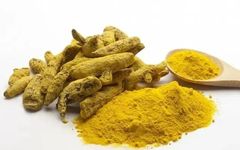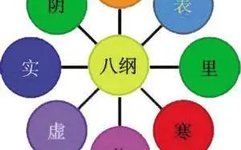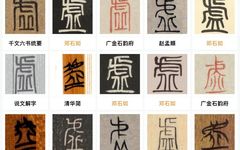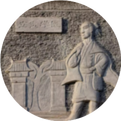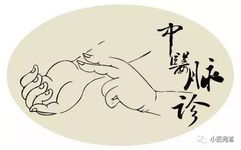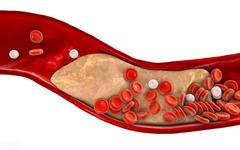Eight Chinese Herbs for Activating Blood Circulation and Removing Stasis
1. Ji Xue Teng (Spatholobus suberectus) Activates blood and relaxes tendons. Treats lower back and knee pain, numbness and paralysis, and irregular menstruation. ① Gang Mu Shi Yi: “Activates blood, warms the lower back and knees, treats wind paralysis.” ② Ben Cao Zai Xin: “Nourishes the middle and moistens the stomach.” ③ Yin Pian Xin … Read more

